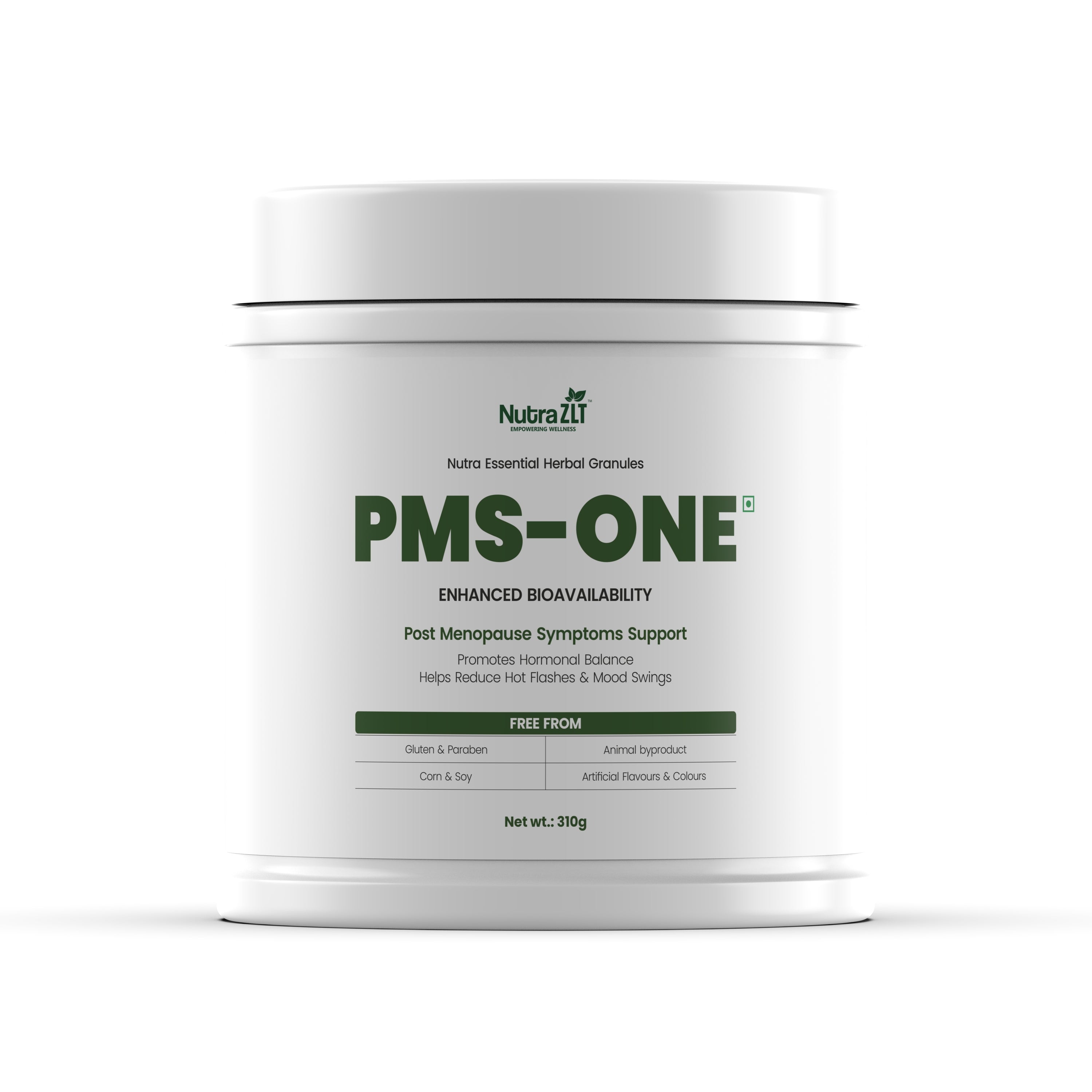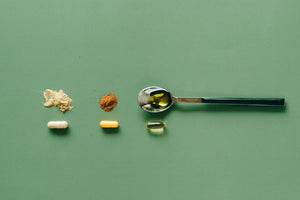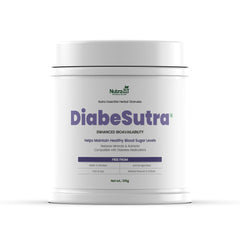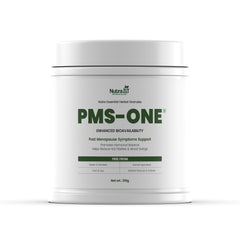Introduction- New Perspective in Ayurvedic Herbal Wellness
Ayurveda has undergone significant evolution since its ancient origins. When it was taught by reciting and internalizing the Sanskrit text to learn and practice Ayurveda, the Knowledge of Life. From Diagnosis to treatment and pharmacology of herbs, documentation began much later. Ayurveda, though, remained relevant to the healthcare system, but lost its sheen under colonialism. Sanskrit, too, despite being a complete language, lost its place to other much-favored modern languages well spoken in the eastern and western parts of the world.
The Major challenge was posed by the Modern Western Medicine system through its novel and scientific approach towards the healthcare system. The gap between Ayurveda and modern western medicine kept on getting wider and wider. There came a stage when the masses began to look at Ayurveda with suspicion.
The first Official Gulabkunwarba Ayurveda Mahavidyalaya came into existence in the year 1946 in Jamnagar, Gujrat. It was only after 3 decades that the BAMS degree was awarded. The Central Council of Indian Medicine wanted a parallel degree to MBBS in Modern medicine; hence,” Bachelor of Ayurveda, Medicine and Surgery” BAMS was adopted.
Pharmacology and Pharmacodynamics in Ayurveda:
- While Ayurveda used the term Dravyaguna instead of Pharmacology, the approach is surprisingly similar.
- Dravyaguna (Pharmacology) is the study of medicinal Substances like herbs and minerals with a focus on Taste, qualities, potency, digestive effects, and mode of action.
- Karma and Rogadhikara (Pharmacodynamics): How a substance acts in the body, its therapeutic effects, and disease-specific application
- Agni ( Pharmacokinetics): Agni, Srotas ( Channels), Avasthapaka ( stage of digestion), and Bioavailability Enhancers.
NutraZLT TM from the house of PhytoEarth TM
PhytoEarth is a step to promote Ayurveda’s Holistic approach by adopting modern pharma technology adoption. Nutra ZLT, flagship brand name is inspired from Six Sigma management philosophy. Z the sigma level defines zero defect rate. Higher the
Sigma Level, Z lower is the DPMO ( defects per million opportunities) which means lower defect level.
Our Core board room thinkers ensured that Quality in long term is our gospel to build our sub brands. NutraZLT, in times to come must win customer's trust on Safety, purity, and Efficacy of the chosen Herbs. The Five Key processes followed are:
1. The Standardization of Nutra Essentials Herbal Granules for Enhanced Bioavailability, Uniform Dosage, Stability (protection from moisture and oxidation) Shelf life ( 2 years) Easy to USE ( mix directed dosage in Luke warm water).
2. Herbs have been selected for its availability and miscibility in the formulation. The rationale behind Formulation is to address the and beyond by offering Vitamins, Trace Elements and Antioxidants.
3. To help overcome side effects like overloading of Liver & Kidneys due to long use of chemical based medications.
4. NutraZLT, products are 0% Artificial. No artificial colors or flavors, Just clean herbs as nature intended.
5. NutraZLT, offers NABL accredited (IDMA Labs ) tested “Nutra Essential Herbal Granules”.
Why NutraZLT, ( Nutra Essential Herbal Granules ) matter to you?
ZLT denotes the three objectives as cornerstone of Brand NutraZLT
- Quality of Herbs
- Quality of Life
- Technology adoption
NutraZLT, from the house of PhytoEarth empower Wellness in the Ayurvedic Way.












